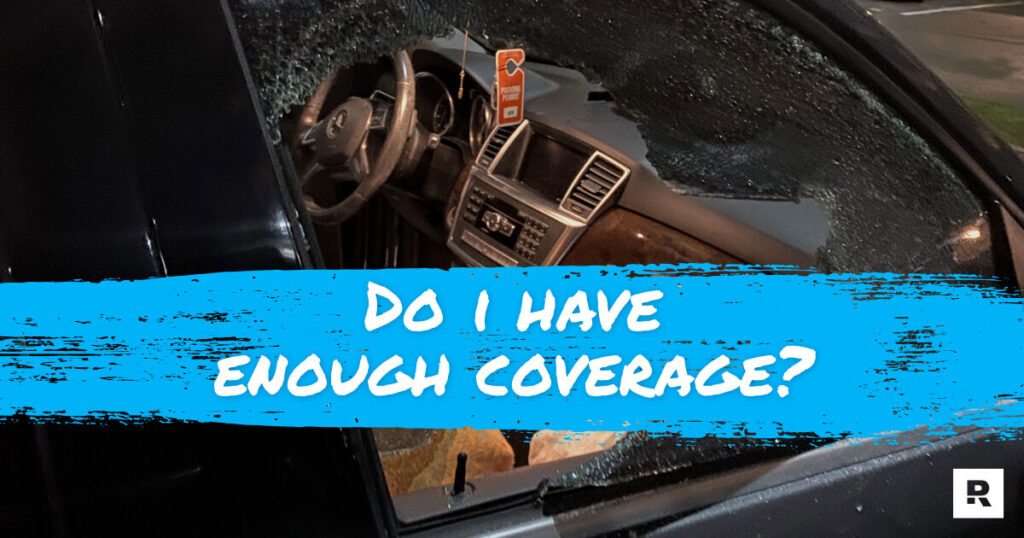Everything You Need to Know about GPS-Based Car Insurance


Contributing Author: Craig Fitzgerald
Progressive was the first insurance company to come up with the idea: Instead of charging you a flat rate for insurance coverage, if you voluntarily plugged a device into your car, they’d charge you based on your usage. Drive slower, fewer miles, or less aggressively? The theory is that you’d save money. Now, most major insurance carriers offer these kinds of devices. So what do you need to know about this type of insurance?
The Basics
In general, these kinds of programs are known as “usage-based insurance,” which is exactly what it sounds like: the more you use your car, the more you end up paying.
Early on, these programs all utilized a device known as a dongle that plugs into the OBD-II port of your vehicle. Since 1996, every car, truck, SUV, and van sold in the United States has come with an OBD-II port, usually somewhere under the dash. OBD-II stands for “On-Board Diagnostics II.” Cars built earlier than 1996 had on-board diagnostics, too, but they provided less information and weren’t as easy to connect to. OBD-II standardized the 16-pin J1962 pinout connector under the dash and provided service technicians over 5,000 unique codes to troubleshoot potential issues in every system of a modern car.

Troubleshooting was its original goal. Today you can buy a cheap OBD-II code reader, pair it with your smartphone and learn more than you’d ever want to about how your car operates. Similarly, insurance companies learned that they could plug a GPS-enabled device into that connector and track how their clients used their cars, and adjust their insurance rates on the fly.
The Pros
If there’s anything everybody hates spending money on, it’s car insurance. If you’re a careful, cautious driver with a relatively new vehicle in a fairly congested area, car insurance costs thousands of dollars every year that you may never be able to recoup.
Over the years, there have been several ways to save money on car insurance. If you had a good driving record with no accidents or tickets, you could realize some cost savings over time. Even today, if you’re a member of one of thousands of clubs or professional associations, you might be able to pick up a discount here and there.
But there was nothing up until these OBD-II enabled devices that allowed you to save money more or less instantly because you drove carefully, or drove less. Let’s say you signed up for car insurance and estimated your annual mileage at 15,000 miles in January. Then, suddenly in February, you changed jobs and only had to drive six miles a day to your office. Your annual mileage would plummet by thousands of miles, but you wouldn’t really pick up any savings until the following year when your insurance company recorded your actual miles driven. You’d spend money for 11 months, and never get a rebate.
Usage-based insurance (UBI), monitored with an OBD-II-enabled device changed that. It provides real-time information to your insurance company not only about how many miles, or where you drive, but how you drive, allowing careful drivers that followed the rules of the road and avoided accidents to collect savings by the month, not just by the year.
The Cons
The flipside, of course, is that your insurance rates could go up if you drive more, or if you’re more aggressive behind the wheel – even if you haven’t had any accidents or tickets.
The biggest concern among consumers has been privacy. Theoretically, this is a voluntary program (we’ll get to whether it is or not in a second), but consumers tend to be wary of plugging a device into their car that monitored their activity. Early on, that concern was a bit paranoid. From 1996 to the early 2000s, there wasn’t much data to be collected via OBD-II other than what was going on with the car itself. It was a self-contained system with no private data to be collected.
That sort of changed when manufacturers started equipping cars with more and more elaborate infotainment systems. Famously, WIRED magazine hacked Chrysler’s Uconnect infotainment computer in their own writer’s Jeep Grand Cherokee, taking control of dashboard functions, steering and braking systems. It resulted in a recall of 1.4 million Chrysler vehicles for an update to the system’s security.
It led to some real concerns about plugging devices like a Progressive UBI dongle into the OBD-II port. If a vehicle could be hacked via what amounted to the radio, why couldn’t it be attacked through the OBD-II port? As manufacturer-supported telematics programs become more robust, it’s an ever-increasing concern.
Does It Really Matter?
The irony is that whether or not you’ve voluntarily plugged a device into your OBD-II port to allow your insurance company to monitor your mileage, it may not matter at all.
In 2017, BestRide reported that State Farm customers were getting letters alerting them that their insurance rates were going up based on reported mileage when they hadn’t reported mileage at all. We originally heard from a customer in Missouri (which doesn’t have state safety inspections to record annual mileage). Turns out, he had used a quick-lube franchise, and they were getting paid by State Farm to report mileage data.

The bottom line is that your insurance company is going to be paying closer attention than ever to your mileage and your driving habits, whether you’re using a GPS-enabled dongle or not. There’s good and bad news to that. A few customers got letters informing them that their rates were going up, but we ALL got letters during the pandemic alerting us that we’d be getting rebates based on the fact that we weren’t driving at all.
Choosing to use one of these devices is — for the moment — up to you. That all starts to change in the near future if manufacturers are forced to allow greater access to their over-the-air telematics programs.

Craig Fitzgerald began his automotive writing career in 1996, at AutoSite.com, one of the first online resources for car buyers. Over the years, he’s written for the Boston Globe, Forbes, and Hagerty. For seven years, he was the editor at Hemmings Sports & Exotic Car, and today, he’s the automotive editor at Drive magazine. He’s dad to a son and daughter, and plays rude guitar in a garage band in Worcester, Massachusetts.
This content was originally published here.




Responses